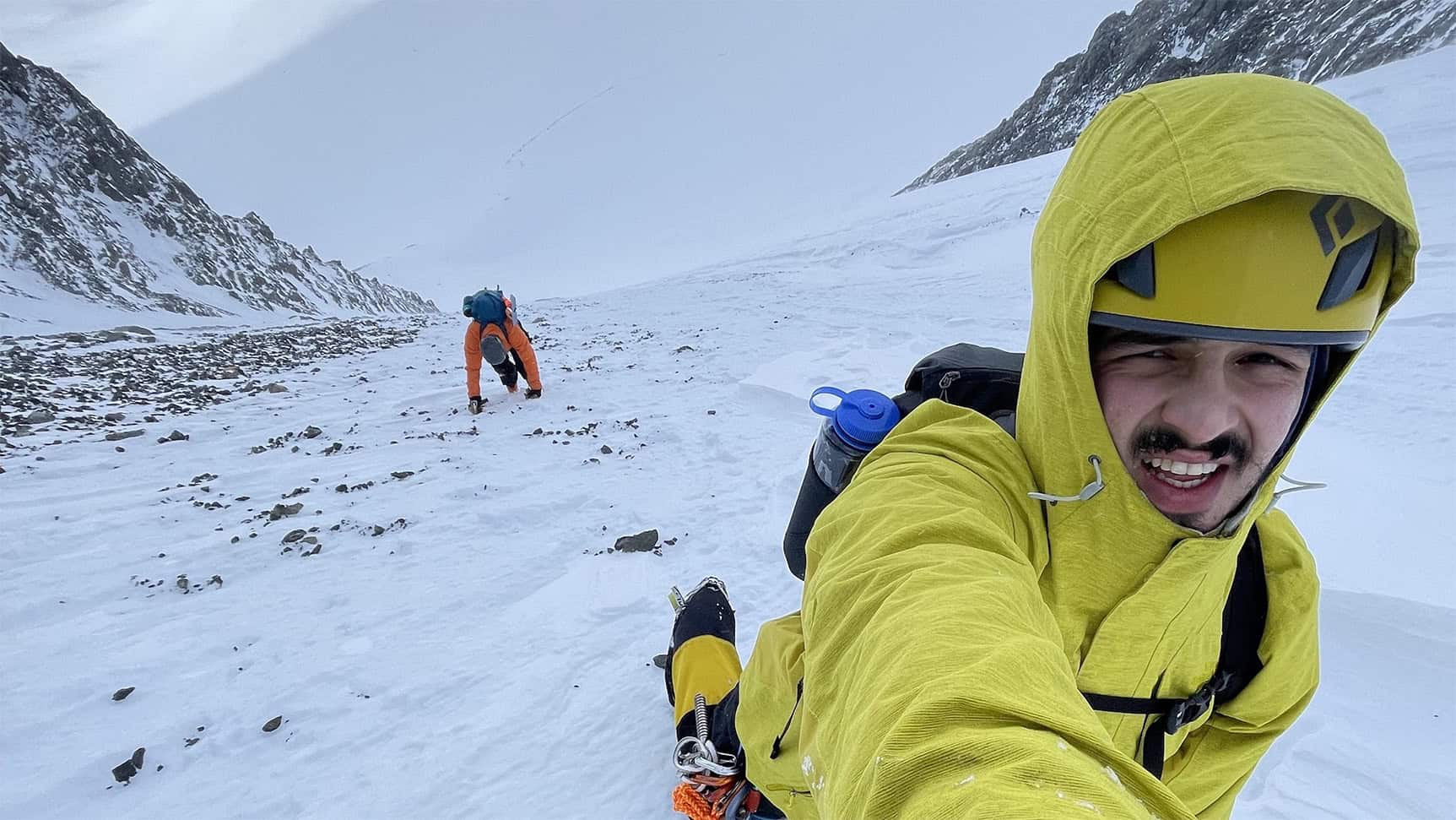Researchers from the Ocean Conservancy have discovered microplastics in every marine habitat they have examined. These tiny particles are ingested by marine animals such as blue whales, who consume up to 10 million pieces of microplastic each day. Humans also consume microplastics through our food and drink, with 10 percent of what we eat remaining in our bodies. Scientists like Jaramillo and Crisafi-Lurtsema are working to learn more about microplastics, including those found in the air and left behind by climbers on Denali who shed particles from petroleum-based gear and food containers. While their research may not solve the problem of microplastic pollution, it will provide a baseline understanding of the issue.
Jaramillo is one such scientist whose passion for climbing has led him to study this issue. Originally from Quito, Ecuador, he moved to Alaska to study engineering at UAF. Despite being in Alaska for less than a year, he is excited to embark on this once-in-a-lifetime expedition to the Kahiltna Glacier and the beginning of the climb at around 7,000 feet altitude. Jaramillo has had a passion for climbing since childhood, having scaled peaks like Cotopaxi in Ecuador with his father when he was just 12 years old. As he stands on top of Denali’s West Buttress Route, Jaramillo hopes that his research will help raise awareness about the impact of plastic pollution on both marine life and human health.


